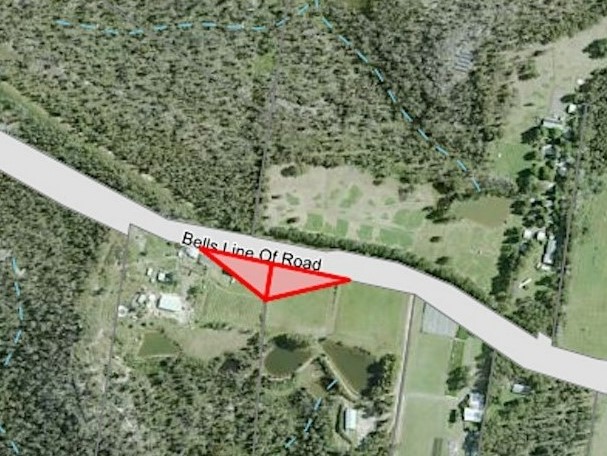Research estimates that in Australia a blood donation from a person who could potentially transmit Creutzfeldt-Jakob disease would occur once every 65 years.
From today, people who were in the UK in the 1980s and 1990s will be eligible to donate blood in Australia. New research from the Kirby Institute at UNSW Sydney and Australian Red Cross Lifeblood shows extremely low risk of transmission through blood transfusion of variant Creutzfeldt-Jakob disease (vCJD), a serious and usually fatal brain disease.
Funded by the NHMRC’s Partnership Projects scheme, the research adds to a growing body of evidence showing that the risk of acquiring ‘mad cow disease’, or vCJD, from a blood transfusion is virtually zero.
Australia will be the second country after Ireland to remove the deferral, and the United States (US) is set to become the third.
According to the Australian research, today’s removal of the donation deferral for people who spent six months or more in the United Kingdom (UK) between 1980-1996 poses minimal additional risk of vCJD from blood transfusion. It will make an estimated additional 750,000 people eligible to donate blood in Australia, resulting in an estimated 58,000 additional donations annually.
Using a mathematical model developed by the US Food and Drug Administration (FDA) and adapted for Australia using Australian Bureau of Statistics (ABS) and Australian Red Cross Lifeblood data, the researchers estimated the risk associated with removing the restrictions. Research estimates that in Australia a blood donation from a person who could potentially transmit vCJD would occur once every 65 years, and the risk will continue to decrease over time.
“We found that the risk of acquiring vCJD from a blood transfusion in Australia is currently approximately 1 in 1.4 billion, and it will become even smaller over time,” says the Kirby Institute’s Dr Hamish McManus, who coordinated the risk modelling in the research.
“Our modelled projections show that removal of the UK residence deferral is a safe and effective strategy for providing a much-needed boost to the pool of eligible donors, as the potential risk of doing so is extremely low.”
The research looked at a range of scenarios, with varying assumptions about vCJD prevalence, infectiousness and incubation periods to determine the risk of vCJD to Australia’s blood supply.
“In all our models, we took a wide range of assumptions and considered worst case scenarios, and still found the risk to be extremely low,” says Professor Matthew Law, head of the Biostatistics and Databases Program at the Kirby Institute.
The decision by a number of countries, including Australia, to ban donations from people who had been in the UK for at least six months in the 1980s and 1990s was made more than 20 years ago, after evidence emerged that vCJD could be transmitted through blood transfusion. The disease had arisen in the UK through consumption of beef at a time when herds were heavily affected by ‘mad cow disease’, which is the animal version of vCJD.
But since the peak of the vCJD epidemic in 2000, when 28 deaths occurred in the UK, there has been a rapid decline in recorded vCJD cases, with only two cases worldwide since 2015.
“Australia is known to have one of the safest blood supplies, and the deferrals that are put in place are decided based on all the available evidence at the time,” says Dr Veronica Hoad, Public Health Physician in Lifeblood’s Clinical Services and Research team.
“While it’s important that we are conservative with deferrals when there is uncertainty, we are constantly reviewing the evidence to ensure they are up to date. The decision to remove the vCJD deferral is based on the fact that our research demonstrated this would not change the blood safety risk, but it will mean a welcome boost to the number of people who are eligible to make lifesaving blood donations in Australia.”







